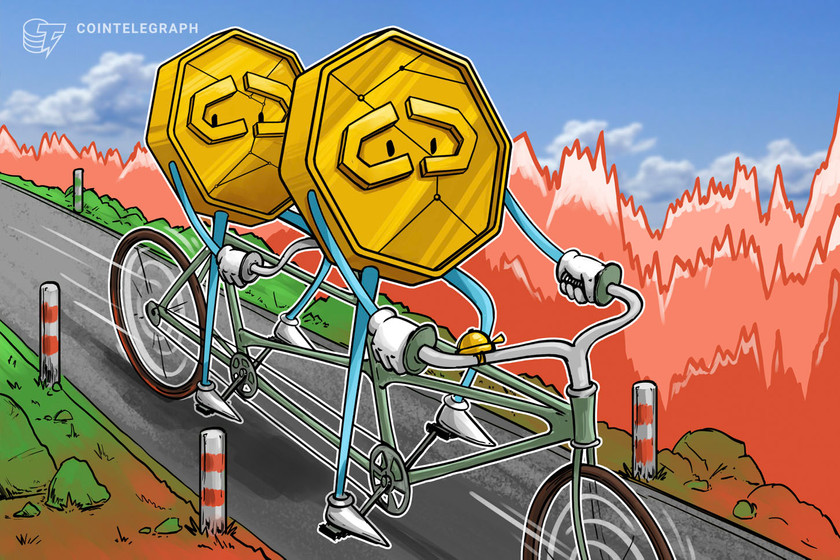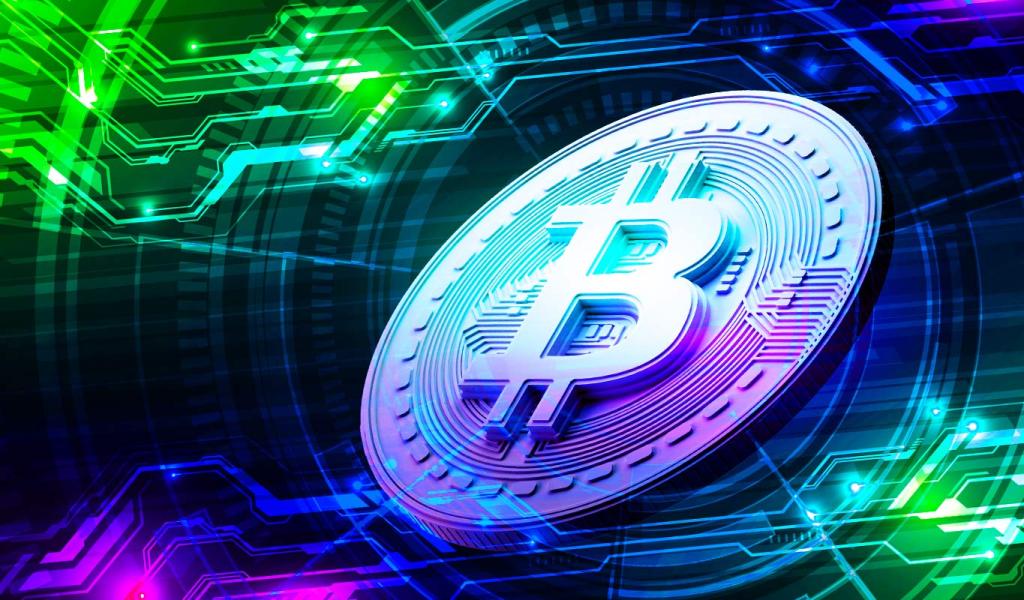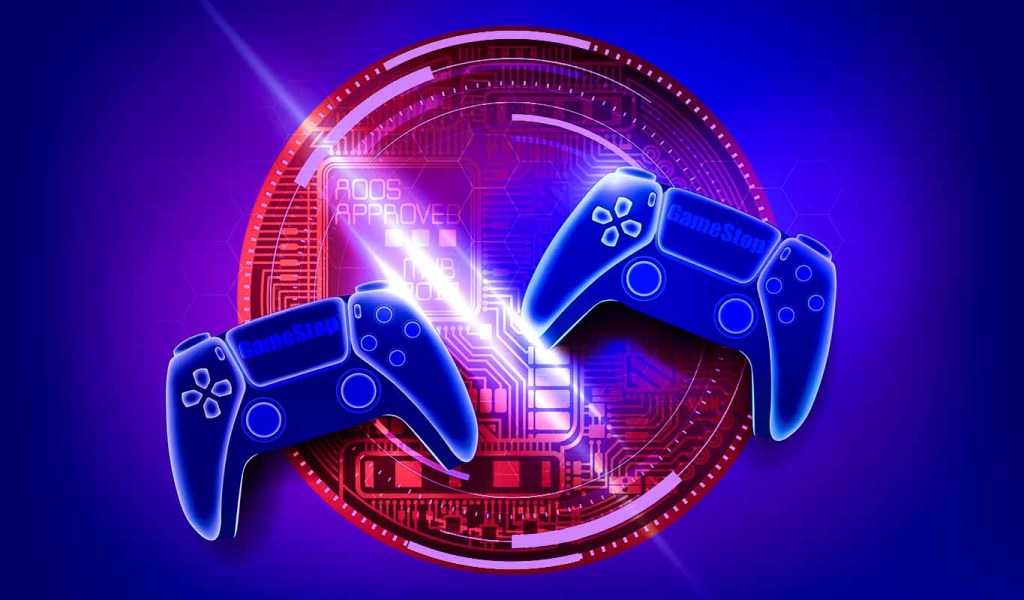
Axie's monthly revenue has dropped over 98% from its August 2021 peak of $364.4 million.
Axie Infinity (AXS) has been forming a giant bearish reversal pattern since July last year, which could send its prices down by another 95% in 2022.
AXS risks one big breakdown
Dubbed the "inverted cup and handle," the pattern is identified by its large crescent shape followed by a modest upward retracement. It typically resolves after the price breaks out of the rising channel, followed by another break below the cup-and-handle's neckline support.
Meanwhile, as a rule of technical analysis, an inverted cup and handle breakout leads the price to the level at length equal to the maximum distance between the structure's top and support.
AXS's price rally during the second half of 2021, followed by its complete wipeout in 2022, makes a crescent shape trend, which looks like an inverted cup. Furthermore, the recent 50% price rebound from the June 18's local bottom of $11.82 forms an inverted handle, as shown below.

Thus, AXS's technicals appear skewed to the downside, given it breaks below the inverted handle range with a breakdown target of $1, down about 95% from today's price.
Bad press hurt Axie Infinity
The extreme bearish outlook primarily appears in the wake of a depressive trend elsewhere in the crypto market. Nonetheless, AXS also suffers due to Axie Infinity's crumbling vision of sustaining a gaming platform that pays its user to play.
Additionally, bad press including a $600 million hack earlier this year has also dampened the demand for AXS, which serves as a governance token and legal tender within the Axie Infinity ecosystem.
Related: Inflation got you down? 5 ways to accumulate crypto with little to no cost
That is visible in Axie's monthly revenue performance, which has dropped over 98% from its August 2021 peak of $364.4 million, according to data tracked by Token Terminal.

But Axie Infinity might not disappear altogether, argues Cointelegraph's Yanto Chandra in his opinion editorial, noting that the project would "reinvent itself and chart a new destiny in the fast-changing GameFi landscape."
The views and opinions expressed here are solely those of the author and do not necessarily reflect the views of Cointelegraph.com. Every investment and trading move involves risk, you should conduct your own research when making a decision.

















